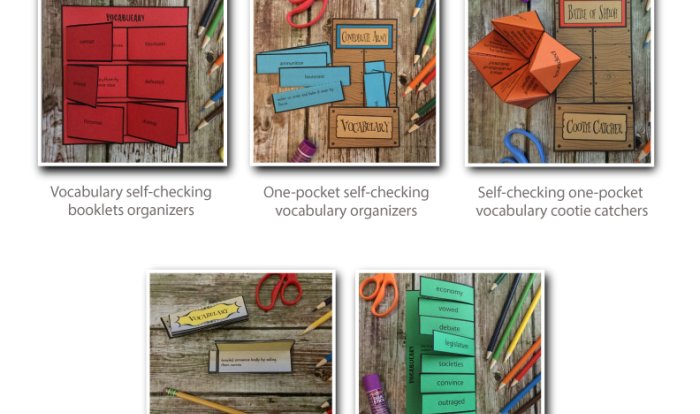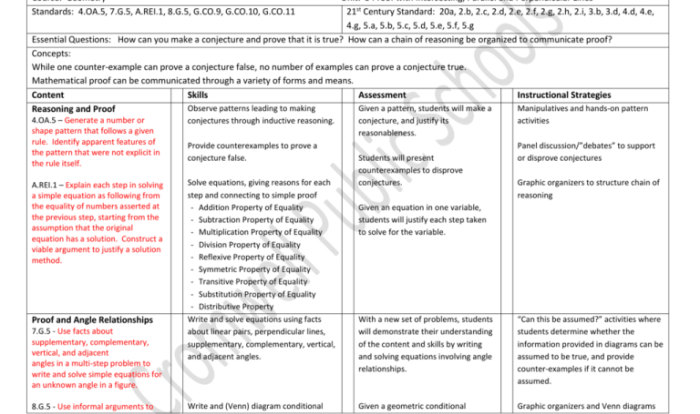Exercise 10 Review Sheet Art-Labeling Activity 3 stands as a cornerstone in the pursuit of educational excellence. This interactive activity empowers students to engage with complex concepts through a captivating fusion of art and science, fostering a deeper understanding of the subject matter.
This comprehensive guide will delve into the intricacies of Exercise 10 Review Sheet Art-Labeling Activity 3, exploring its purpose, materials, procedure, assessment methods, and potential modifications. By equipping educators with the necessary knowledge and resources, we aim to maximize the effectiveness of this activity and enhance student learning outcomes.
Exercise 10 Review Sheet Art-Labeling Activity 3

This activity serves as a valuable tool for reinforcing students’ understanding of anatomical structures and their relationships. It is designed for students in introductory anatomy and physiology courses who are studying the musculoskeletal system.
The primary objective of this activity is to enhance students’ visual recognition and labeling skills for various muscles, bones, and joints in the human body. By engaging in the process of identifying and labeling these anatomical structures on diagrams, students can strengthen their comprehension of their locations, orientations, and functions.
Materials and Preparation
To conduct this activity effectively, the following materials are required:
- Exercise 10 Review Sheet: Art-Labeling Activity 3 (printed for each student)
- Anatomical diagrams or models (showing the musculoskeletal system)
- Colored pencils or markers
- Pencils and erasers
Prior to the activity, ensure that the anatomical diagrams or models are accessible to students. Consider displaying them on a whiteboard or projector for clarity.
Procedure and s, Exercise 10 review sheet art-labeling activity 3
The activity can be conducted in the following steps:
- Introduction:Begin by explaining the purpose of the activity and the learning objectives.
- Distribution of Materials:Distribute the Exercise 10 Review Sheet: Art-Labeling Activity 3 to each student.
- Instructions:Provide clear instructions to students on how to complete the art-labeling portion of the activity. Guide them on using colored pencils or markers to label the anatomical structures on the diagrams.
- Guided Labeling:If necessary, provide guided assistance to students as they label the structures, ensuring accuracy and understanding.
- Discussion and Assessment:Once students have completed the labeling, facilitate a class discussion to review the labeled structures and their functions. This serves as an assessment of their comprehension.
Assessment and Evaluation
The assessment of student learning during this activity can be conducted through:
- Completion of the Art-Labeling Activity:Evaluate students’ ability to correctly label the anatomical structures on the diagrams.
- Class Discussion Participation:Assess students’ understanding of the structures and their functions based on their contributions to the class discussion.
- Additional Quiz or Test:Consider administering a short quiz or test to further assess students’ knowledge of the labeled structures and their relationships.
Modifications and Extensions
To accommodate different learning styles or student needs, consider the following modifications:
- Kinesthetic Learners:Provide students with anatomical models that they can manipulate and label.
- Visual Learners:Use high-quality anatomical diagrams or illustrations to support the labeling activity.
- Struggling Students:Offer additional support during the guided labeling portion and provide extra practice opportunities.
To extend the activity, explore the following:
- Integration with Technology:Utilize online labeling tools or apps to enhance student engagement.
- Case Study Analysis:Present students with clinical case studies that involve the labeled structures, encouraging them to apply their knowledge to real-world scenarios.
Query Resolution: Exercise 10 Review Sheet Art-labeling Activity 3
What is the primary objective of Exercise 10 Review Sheet Art-Labeling Activity 3?
To enhance student understanding of complex concepts through a combination of art and science.
What materials are required for this activity?
Review sheets, art supplies (e.g., crayons, markers), and any necessary resources for the specific subject matter being addressed.
How is student learning assessed during this activity?
Through observation, review of completed art-labeling sheets, and any additional assessments deemed appropriate by the educator.







